On the green field of golf, precise distance measurement is the core element that determines the hitting strategy. When golfers gaze into the distant hole, the undulating terrain beneath their feet often holds a mystery - and the slope finder is precisely the "invisible assistant" in golf rangefinders to solve this puzzle. It not only redefines the way distance is measured, but also rewriting the competitive logic of modern golf in the dual dimensions of technology and strategy.

The Core Function Of The Slope Finder
A slope finder is an electronic or mechanical device used to measure the slope of the ground. In golf, it is mainly used to help players determine the slope changes of the putting line. Its core function is:
Accurate measurement: Quickly calculate the slope of the green (Gogogo Sport Vpro Accurately measuring slope explained) to reduce the error of naked eye judgment.
Auxiliary decision-making: Assist players in adjusting the force and direction of their putting to increase the success rate of hole-in-one.
Training assistance: Help players become familiar with putting strategies on different slopes and enhance their adaptability to the course.
How The Slope Finder Works
The charm of a golf course lies in the ingenious integration of natural terrain and artificial design. In the three-dimensional space composed of hills, depressions and slopes, the traditional horizontal ranging can no longer meet the practical combat requirements. The core mission of the slope finder is to transform three-dimensional terrain into quantifiable digital language.
With built-in high-precision slope finder (such as MEMS accelerometers or electronic compasses), the slope finder can capture the slope Angle between the golfer and the target point in real time. This process is like a "CT scan" of the terrain: when the rangefinder aims at the hole, the sensor senses the altitude difference with an accuracy of 0.1° and decomposes the terrain into the basic data of "uphill X°" or "downhill Y°". After these original data are processed by the algorithm model, they are eventually transformed into two key parameters: horizontal distance (HD) and slope compensation distance (AD).
Take a typical scenario as an example: When a player is on a tee box at an altitude of 10 meters and aims at a hole at an altitude of 20 meters, the slope finder detects a 10° uphill. At this point, for a hole with a horizontal distance of 300 yards, the actual flight needs to cover a compensation distance of approximately 315 yards (due to the loss of the initial velocity of the ball caused by going uphill). Conversely, if it is a 10° downhill slope, the compensation distance may be shortened to 285 yards (gravitational acceleration assisted flight). This "what you see is not what you get" distance correction is precisely where the technical value of the slope finder lies.
Rule Disputes and Technical Ethics
Although the slope finder is regarded as a "magic tool" in training, its application in professional competitions is highly controversial. Take the rules of the United States Golf Association (USGA) as an example:
- Prohibited scenarios: In USGA-certified official competitions, rangefinders with slope compensation functions are explicitly prohibited. Violators may face penalty penalties or even disqualification. The rule-makers believe that slope judgment should be a core ability for players to "read the court", and technical intervention would weaken the tradition of the sport.
- Exceptional permission: In some professional practice fields and teaching competitions, the slope function is allowed to assist players in establishing a "distance-slope" cognitive model. Especially in youth training, the slope meter is regarded as a teaching tool for understanding ballistic physics.
This dual pattern of "prohibited competition and open training" reflects the cautious attitude of golf towards "technical empowerment".
Practical Application
In the "precision calculation" system of golf, the slope finder plays a dual role from the micro to the macro:
The “Calculator” for Club Selection
The flight distance parameter of a golf club is essentially based on an ideal model of horizontal ground. The intervention of slope forces golfers to break the "fixed club distance" mindset. For example:
- The standard distance of No. 9 railway on a horizontal ground is 130 yards. However, when facing a 15° uphill slope, a P rod (split rod) with a distance of 120 yards should be selected to compensate for energy loss.
- When the No. 3 wooden club is going downhill at 10°, the actual flight distance may exceed the marked value by 20 yards. At this time, it is necessary to carefully choose a shorter club to avoid hitting the ball out of bounds.
Professional golfers often carry a "incliner-pitch comparison table" with them, converting slope finder data into muscle memory. This is precisely one of the key differences between amateur and professional players.
"Contour map" for strategy formulation

The value of the slope finder lies not only in distance correction but also in the "three-dimensional thinking" of reconstructing the course strategy. Take the Par 4 hole as an example:
- Uphill fairway: Players may choose a conservative short club control to avoid the excessively high trajectory and unstable stop caused by the slope of the long club.
- Downhill green: It is necessary to predict the forward distance of the ball after it lands to avoid hitting it too hard and rolling out of the green.
- Side spin position: By combining wind direction and slope, the combined influence of side spin on the flight trajectory is calculated, which tests the practical application of the "trajectory ellipse" theory by the golfer.
How To Use Slope Finder Reasonably
As an auxiliary tool: One should not rely on it completely. It is still necessary to cultivate one's own green reading ability.
Abide by the rules: Before the competition, confirm whether the event allows its use to avoid violations.
Calibration and maintenance: Regularly check the accuracy of the equipment to avoid misjudgment caused by errors.
Conclusion
The slope finder is a practical technological equipment in modern golf, which can significantly improve the accuracy of putting, but it also needs to be used reasonably to avoid excessive reliance. Players should combine their own experience with the data from the instruments in order to perform at their best in the competition. For amateurs, the slope finder is an effective tool for improving skills. As for professional players, they need to use it carefully within the scope permitted by the rules to balance technology and traditional golf wisdom.

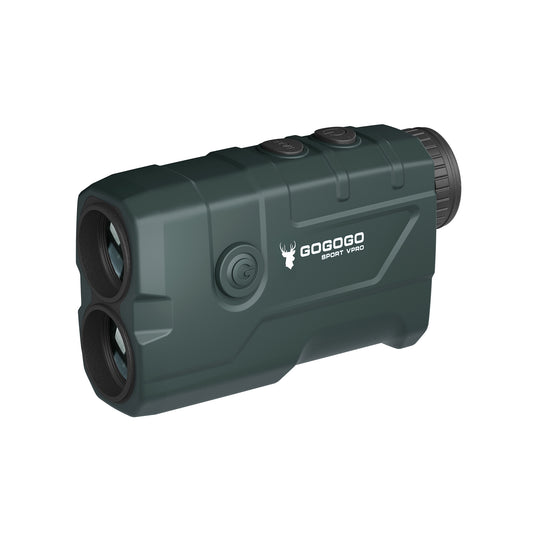

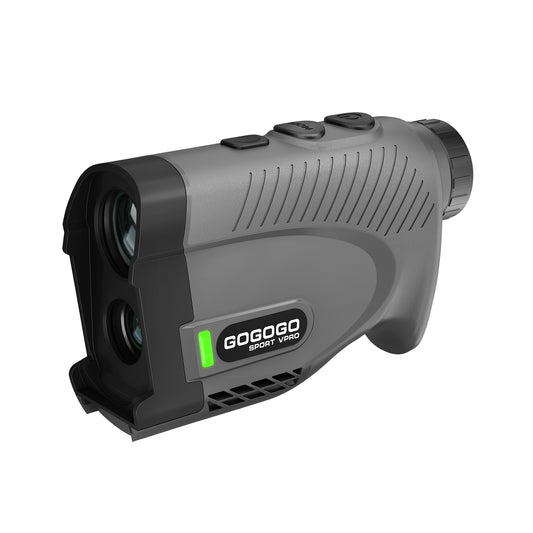
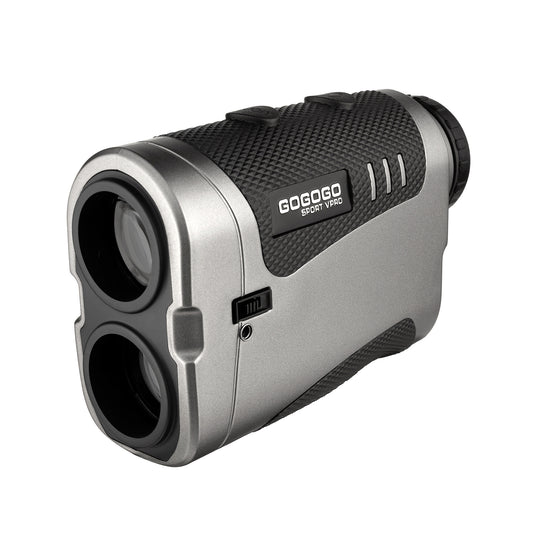
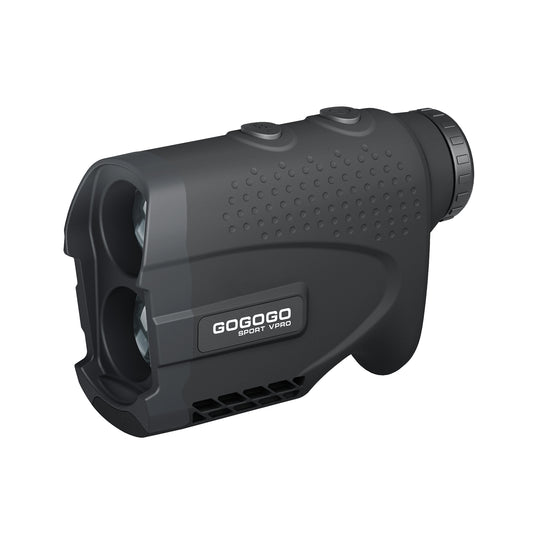
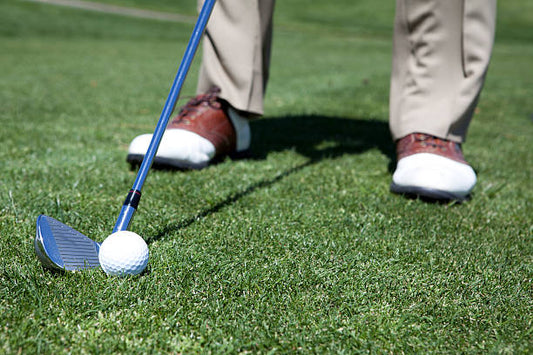
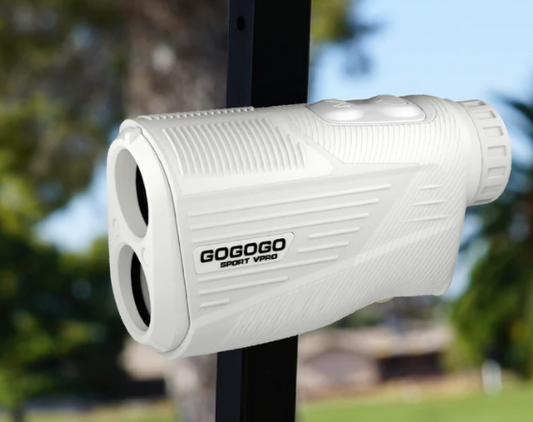

![[2025] The Ultimate Guide to Pinseeker Rangefinders for Golfers](http://gogogosport.com/cdn/shop/articles/gogogo_sport_vpro_pinseeker_rangefinder.png?v=1757993796&width=533)